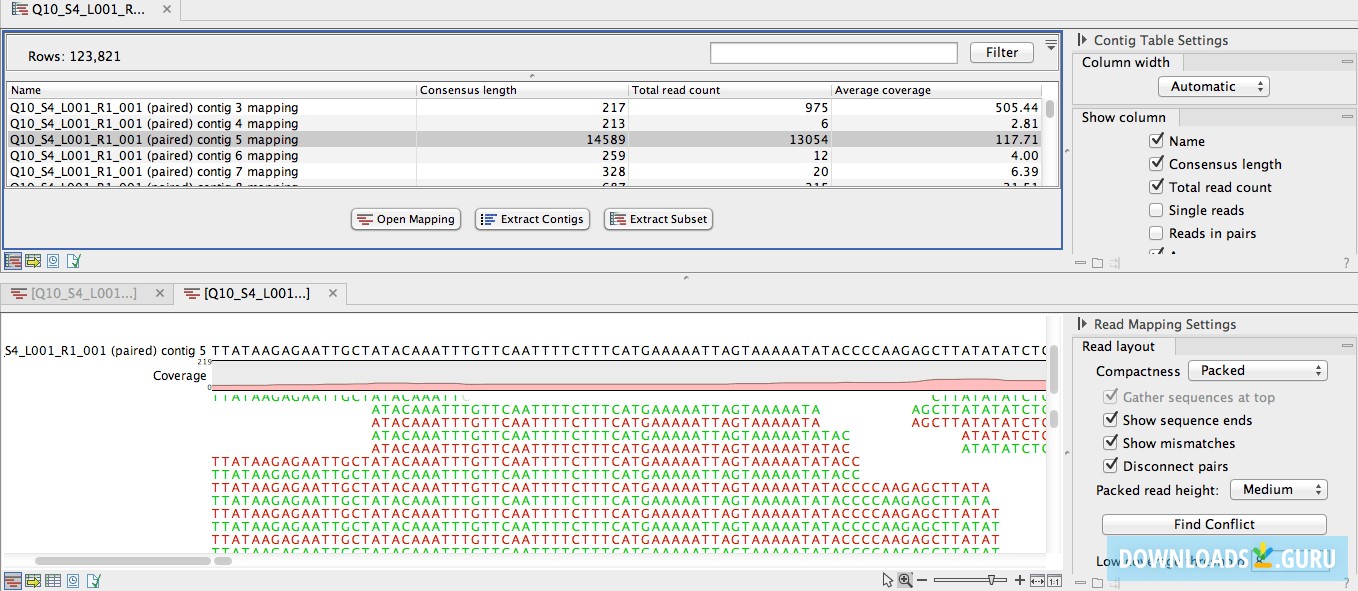

The presence of RNA4 or AMV-CP translation products is important for RNA replication, viral RNA packaging, aphid transmission, and systemic infection. The movement protein and the coat protein (CP) are encoded by two ORFs in RNA3. RNA1 and RNA 2 consist of a single open reading frame (ORF) that encodes viral P1 and P2 replicase subunits, respectively. The three genomic RNAs and subgenomic RNA4 (which is generated by negative-sense strand transcription of RNA3) are separately encapsidated into bacilliform particles. AMV contains tripartite single-stranded RNA genomes (RNA1, RNA2, and RNA3). The symmetry of icosahedral particles ranges from spherical to elongated. The length of viral bacilliform particles ranges from 30 to 57 nm, and they have hemispherical ends with pentagonal symmetry and a cylindrical portion with various hexamer expansions. AMV is a multipartite virus containing four particles measuring 18 nm in diameter (three bacilliform and one spheroidal). Alfalfa mosaic virus is a species of the genus Alfamovirus belonging to the family Bromoviridae. glutinosa plants in response to infection with each AMV isolate studied, and the results revealed that the enzyme activity varied.Īlfalfa mosaic virus (AMV) is one of the most significant viruses that infect many vegetable crops worldwide. Antioxidant enzymes activity was assessed on N. Furthermore, the study proposed that the Egyptian AMV population had common evolutionary ancestors with the Asian AMV population. Genetic analysis of the AMV population suggested that the AMV populations differ geographically, and AMV CP gene is under mild purifying selection. Additionally, the study found that Egyptian AMV isolates are genetically stable with low nucleotide diversity. The present study found strong evolutionary evidence for the genetic diversity of AMV isolates by the identification of potential recombination events involving parents from GPI and GPII lineages. Similarly, the deduced amino acid sequence comparisons of Egyptian AMV isolates revealed that amino acids Q 29, S 30, T 34, V 92 and V 175 were conserved among the Egyptian isolates in GPI.


Phylogenetic analysis showed that the present isolates were grouped together into a distinct separate clade (GPI) along with the Gomchi isolate from South Korea. The CP gene sequence comparisons of four AMV isolates (AM1, AM2, AM3 and AM4) showed the highest nucleotide identity of 99.7% with the Gomchi isolate from South Korea infecting Gomchi (Ligularia fischeri) plants. ResultsĮlectron micrographs of the purified viral preparation showed spheroidal particles with a diameter of 18 nm and three bacilliform particles with lengths of roughly 55, 68, and 110 nm and diameters identical to those of the spheroidal particles. Four AMV isolates collected from different host plants, named AM1 from potato, AM2 from tomato, AM3 from alfalfa and AM4 from alfalfa, were maintained on Nicotiana glutinosa plants for further characterization of AMV. A total of 41 samples were tested by ELISA using polyclonal antisera for AMV. The relative incidence of the virus ranged from 11–25% based on visual observations of symptoms and ELISA testing. In this study, virus isolates were collected from naturally infected potato, tomato, alfalfa and clover plants that showed suspected symptoms of AMV in different locations of Beheira and Alexandria governorates during the 2019–2020 growing season. Alfalfa mosaic virus (AMV) is an important virus affecting many vegetable crops in Egypt.


 0 kommentar(er)
0 kommentar(er)
